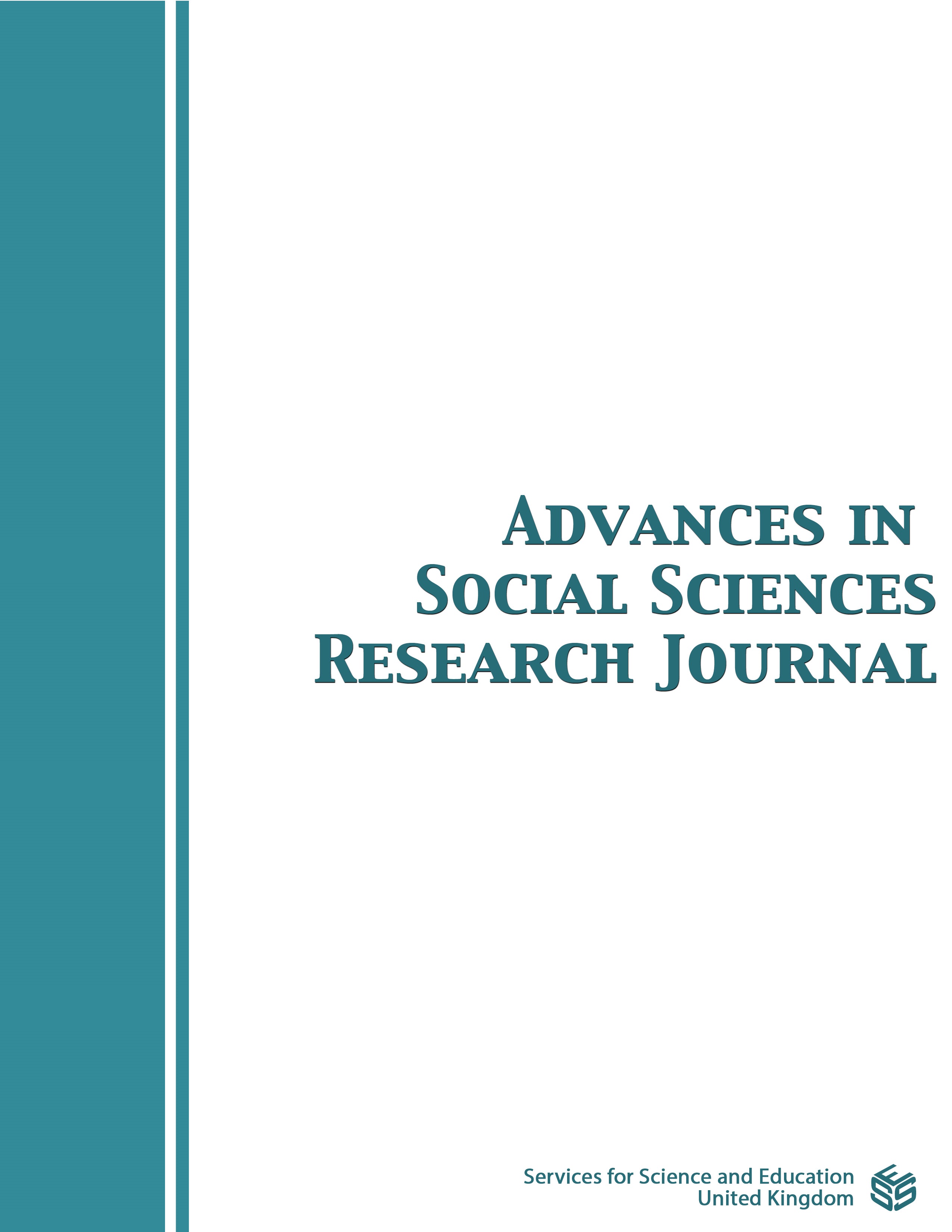Divorce: Is Not Always Negative
DOI:
https://doi.org/10.14738/assrj.911.13468Keywords:
Divorce, Marriage, Single parenting, InfidelityAbstract
Marriage is the legal bond between a man and a woman to live together. Sometimes this important bond turns into divorced due to various reasons. There is no doubt that divorce has the negative consequences among human life and society as well. Even after knowing the negatives impact of divorce the rate is increasing around the world. This is also evident in Bangladesh. The divorce rate is 42 percent in the entire country in terms of its total population. Rajshahi division is at the top in the country in terms of divorce, according to the preliminary report of "Population and Housing Census 2022"To find in-depth of divorce, the study conducted 15 case studies (10 female and 05 male) form the village Khatiamari of Bogura Districts of Rajshahi Division. The objective of this paper is to understand the reasons for divorce are on the rise despite social stigmatization are those always negative. The study found some reasons for divorce were not negative. Sociologists and psychologists say that as the education rate among women is increasing, their awareness and self-dependence is also increasing. Therefore women do not accept wrongdoing to them. They prefer divorce than to unhealthy conjugal life even having child with them. The study also found continuation of extramarital relations without divorce is dishonorable to conjugal life. Divorce allows the freedom to meet the person were meant to be with. In this study divorce proves that divorcee have the courage to live a life of happiness.
Downloads
Published
How to Cite
Issue
Section
License
Copyright (c) 2022 Sarawat Rashid, Maupiya Abedin, Shaikh Shahriar Mohammad, Andalib Mahejabin

This work is licensed under a Creative Commons Attribution 4.0 International License.
Authors wishing to include figures, tables, or text passages that have already been published elsewhere are required to obtain permission from the copyright owner(s) for both the print and online format and to include evidence that such permission has been granted when submitting their papers. Any material received without such evidence will be assumed to originate from the authors.






